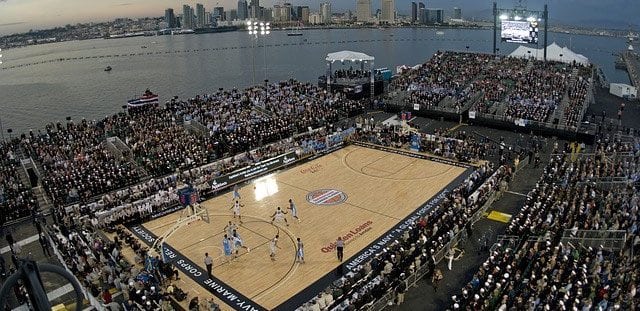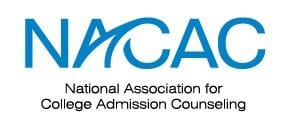 All across America on Saturday’s in the fall, friends and families join together to enjoy the pageantry and excitement of college football. In mid-March, the same type of jubilation occurs as fans get together to root for college basketball players with the ability to burst or boon their NCAA tournament brackets.
All across America on Saturday’s in the fall, friends and families join together to enjoy the pageantry and excitement of college football. In mid-March, the same type of jubilation occurs as fans get together to root for college basketball players with the ability to burst or boon their NCAA tournament brackets.
These athletes put on display are not only embraced for their skill but earn the right to attend colleges across America for free with scholarships.
While fans tend to think about the lucky few who receive money for athletics, the high percentage of student-athletes are not so fortunate. It is critical for parents and students alike to understand exactly what money is truly available for athletics.
Before explaining the reality for most student-athletes, it is important to differentiate between those student-athletes that are and are not eligible for athletic aid.
In Division I and II, scholarships are available for student-athletes that are specifically tied to a sport. Athletic scholarships can be full scholarships or partial scholarships.
In Division III, athletic scholarships are prohibited. However, students that play in Division III are able to receive academic scholarships. Though these are not allowed to be tied to athletics specifically, some money is made available to help some students who choose to play a sport in college.
The problem for Division III athletes is the same for the majority of Division I and II athletes though, the bulk of these scholarships are not “full rides.” Typically a coach in Division I or II are provided with a set amount of scholarship money and then have to divide that among their student-athletes.
This means that in many cases only a few thousand dollars are available per student-athlete. For Division III coaches, this pool is even less flexible because it cannot be tied to athletics, so academic performances can play a bigger role in how this money is divvied up.
The commonality for all of these student-athletes though is that they are unable to work during school due to the rigors of athletics and academics. This lack of time is like having a full-time job to go with college but without the compensation.
All in all, it is very important for any prospective student-athlete to consider whether or not they can afford college while playing a sport at the same time. It is difficult to know exactly how much money is going to be available so a plan to pay for the bulk of school is necessary before accepting this responsibility in most cases.
It is essential to trust the coach and the school and to ask both parties to honestly provide information about what is and is not possible from an aid perspective. It is also very important to attend school for the right reasons, academic interest and a comfort level at the school must exist in case of injury or a change of heart.
Top Division I athletes that do receive a “full ride” need to have a motivation beyond sports as well but many of these athletes can stay on scholarship due to extenuating circumstances. This is certainly not the case for most athletes and careful planning can mean the difference between a rewarding college experience and a huge mistake.




